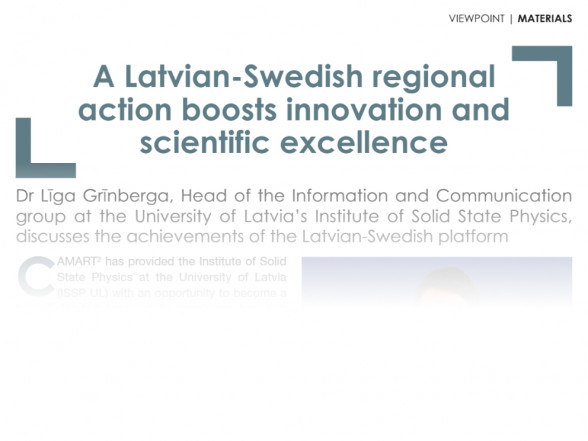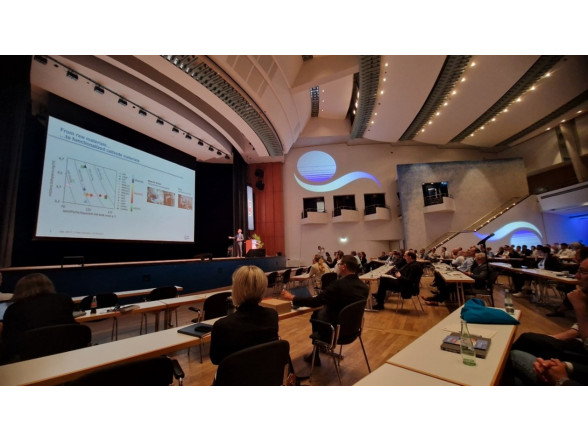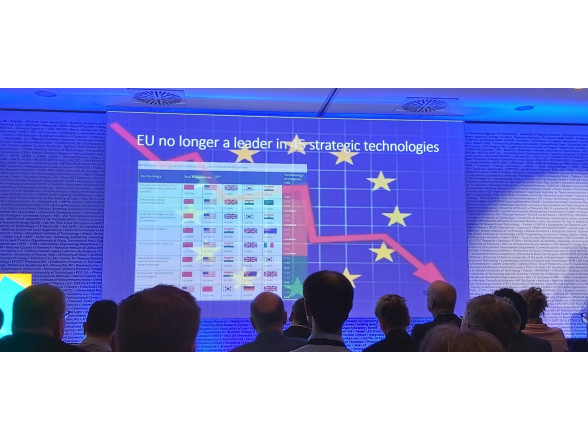In its 4th issue, the Innovation Platform online journal has published an article telling the story of the Latvian – Swedish collaboration platform within the CAMART2 project.
The article provides information about the history of CAMART2 project, its collaboration partners, technology transfer, scientist to scientist cooperation, exchange of ideas, organization of the hackathons and much more. The ongoing research collaborations, like investigation of gallium oxide (Ga2O3) being done by ISSP UL, RISE and KTH are also described and it is noted in the article that although the majority of current research efforts are focused on improving material quality and developing process technology, the unique physical properties of the material offer potential use in divergent application areas and one of them - Ga2O3 as a sterilizing emitter of UV radiation in the battle against SARS-CoV-2 virus causing Covid-19 disease.
The article explains how, in addition to fundamental research, the Latvian-Swedish platform strives towards applications at higher technological readiness levels and the market introduction of new devices. RISE and ISSP UL team for industrial collaboration, Materize, are highly involved in the ongoing Ga2O3 work and plans for if (and how) the new findings can be commercialized in the future.
The article also outlines that in the frame of the CAMART2 project, scientists/students at the ISSP UL have joined their colleagues from RISE and their ongoing R&D activities aimed at cost-effective onsite crime-scene analysis tools for detection of narcotics and the age determination of biological traces (ex. blood) by using graphene quantum dots (GQD). The outcome of this work would provide insight on applicability using GQDs as core detection component within a portable forensic system. Such joint effort strengthens the scientific and innovation collaborations between RISE/ISSP UL/KTH/NFC under the Latvian – Swedish platform’s collaboration umbrella. This would potentially enable helpful technical solutions to forensic labs/centers, as well as to related industrial-partners in Sweden, Latvia and other EU countries.
The story describes how the doctoral and undergraduate students from ISSP UL are involved in the synthesis of N-Carbon- or nitrogen-doped carbon nanomaterials for use in photonic sensors and that current research has shown that nanomaterials developed at the ISSP UL demonstrate a sensory effect against amine groups in KTH-formed sensors.
To access full article go here (pages 95-97)
The Innovation Platform online magazine is published by Pan European Networks Ltd. founded in 2011. It is an independent and privately-owned publishing company focusing on the relationship between the public and private sectors across Europe. Nine years later and with a new management team, the company has evolved into a fully digital publisher hosting two websites, each with its own digital publication that informs its audience of the latest news, views and developments in Europe and beyond. The company offers Innovation News Network, which delves into European and worldwide innovations covering sectors including innovation, health, environment, materials and nanotechnology, and space, transport, energy, environment and maritime.



